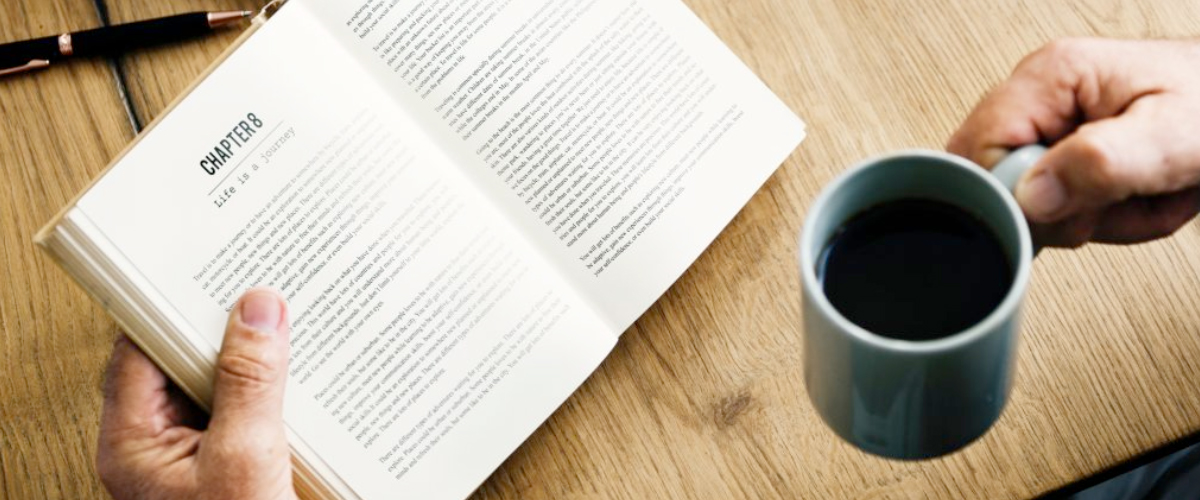Photographic memory is a type of memory surrounded by controversy. Some people think it’s just a joke, but some believe it’s real.
In the history, there was a person officially recorded as having a photographic memory, yet passed away. She was Elizabeth, a Harvard student.
Elizabeth was verified by Charles Stromeyer III in 1970. Stromeyer showed Elizabeth a set of 10,000 dots with her left eye. After 24 hours, Elizabeth was shown another set of 10,000 dots with her right eye.
From two images obtained with her left and right eye, Elizabeth’s brain combined them into a three-dimensional image, also known as a stereogram. How impressive it is!
However, Elizabeth was then married by Stromeyer, so she has never been verified again. Since then, scientists have made no new discoveries about the existence of photographic memory.
The closest manifestation of this type of memory is the extraordinary ability to retrieve information. If you’re looking for a way to get Elizabeth’s memory, no one can help you. Either you are born with it, or you’re not.
However, according to Oxford, visual memory is something achievable.
“The ability to remember information or visual images in great detail” – Oxford Dictionary
The method of Loci

This method dates back to the Roman Empire. It was written about in detail by Cicero. He is also an avid memory art enthusiast.
The Method of Loci is also known as the “Memory Palace” technique. It involves assigning information to a place for better memory storage.
Marcos Tullio Cicero, a former consul of the Roman Empire, is also one of the most influential proponents of this method. He wrote a nice anecdote, De Oratore, which tells the story about the poet named Simonides.
Legend has it that when Simonides was attending a banquet, a disaster struck while he was absent from the hall. The hall ceiling fell down on the guests, killing and making them unrecognizable.
The families of the victims were unwilling to risk taking the wrong body. They asked Simonides if he could identify any of the bodies.
To their rescue, Simonides said he could identify all of the guests. He did it by correlating the position where a guest was seated to his position.
And that’s what started the Method of Loci. In its essence, the Method of Loci has not changed – it has only been complemented.
Also called the journey method, it is probably the most effective mnemonic filing system ever devised. It uses locations as memory aids.
Basically, you will associate items to be memorized with places that are well known to you. It can be your house, neighborhood, workplace, or parts of your body.
How to use the method of Loci:
First, memorize a series of images of familiar locations in a natural logical order. The more familiar you are with the location, the easier it is for you to assign information.
This set of images is then used each time you use the Loci system. Actually, it isn’t important what images you choose as long as you can visualize them clearly and vividly.
For example, you want to memorize your grocery list: bread, chocolate, honey, tea, butter and eggs.
Assume that the location is your kitchen. Now, start by imagining yourself in the kitchen. The bread and chocolate spread are on the table. The honey and tea are inside the cupboard while the butter and eggs are in the fridge.
To recall the list, imagine yourself going through the locations ― in other words, taking a route. Imagine you are about to have breakfast so you go to the table first and get a slice of bread and put chocolate spread on it. Next, you will get honey as the sweetener for the tea that you are preparing. Lastly, you will cook eggs for breakfast so you’ll get the butter and eggs inside the fridge.
You will go to the table, cupboard and then fridge. So, you have to assign the items to these locations. Table – bread and chocolate spread. Cupboard – honey and tea. Fridge – butter and eggs.
Lastly, take a route as if you’re walking to the table, then to the cupboard, and lastly to the fridge. As you go through the places, you will recall the items.
Test yourself about your progress by going through the route until you can remember all the items in order.
Memory peg

This method is quite similar to the Loci system. But in this method, you use a list of numerical rhymes known as memory pegs instead of using locations to associate the information.
Here are the common numerical rhymes memory pegs:
1 = gun; 2 = zoo; 3 = tree; 4 = door; 5 = hive; 6 = bricks; 7 = heaven; 8 = plate; 9 = wine; 10 = hen
If you need more than 10 pegs, here’s a list that shows up to 1000 pegs.
It works by linking the number rhymes with something that you want to remember.
In our example, we have bread, chocolate, honey, tea, butter, and eggs. The more exaggerated the link is, the easier it is to remember. So, you could create the following links:
(1-gun): Bread – Picture a gun shooting bread
(2 – zoo): Chocolate – Imagine all the animals in the zoo covered in chocolate
(3 – tree): Honey – Imagine the honey dripping off the tree
(4-door): Tea – Picture a door made of teabags
(5-hive): Butter – Visualize a hive made of butter
(6-bricks): Eggs – Picture bricks made of eggs
This technique is similar to the Loci system because it links something you want to remember to a visual image. The difference is that you use a list of images that you’ve already memorized to link the information.
Military method

The military is always doing experiments to advance their scientific knowledge. One of their discoveries involves training their operatives to have a photographic memory.
This method will take you at least 1 month to develop. You must also practice it every day because one missed day will set you back a week.
Step 1: You must be in a windowless, dark room. You need to be free from distraction with only a bright lamp in the room.
Step 2: Sit in a position where you have easy access to turn your light on and off without getting up. Next, get a piece of paper and cut a rectangular hole out of it.
Step 3: Now, get whatever it is that you’re trying to memorize. Cover it with the piece of paper, exposing only 1 paragraph.
Then, adjust your distance from the book in a way that your eyes will automatically focus on the words instantly upon opening.
Step 4: Turn off the light and let your eyes adjust to the dark. Flip the light on for a split second and then off again.
By doing so, you will have a visual imprint in your eyes of the material that was in front of you.
Step 5: When the imprint is fading, flip the light on again for a split second, while again staring at the material.
Step 6: Rinse and repeat the process until you can memorize every word in the paragraph.
You will know you did it right if you’ll be able to see the paragraph and read from the imprint in your mind.
For the military method, you may not have success immediately- it can take a month or more. But if you commit to practicing this every day, for at least 15 minutes a day, then you will see impressive improvement.
Conclusion
Practicing the three methods mentioned above can also help you develop your brain. Giving your memory the nutrients, sleep, and exercise it needs will greatly improve its effectiveness. Practice will take time, but with this guide, and persistency, you can derive great strength from having an excellent memory.







